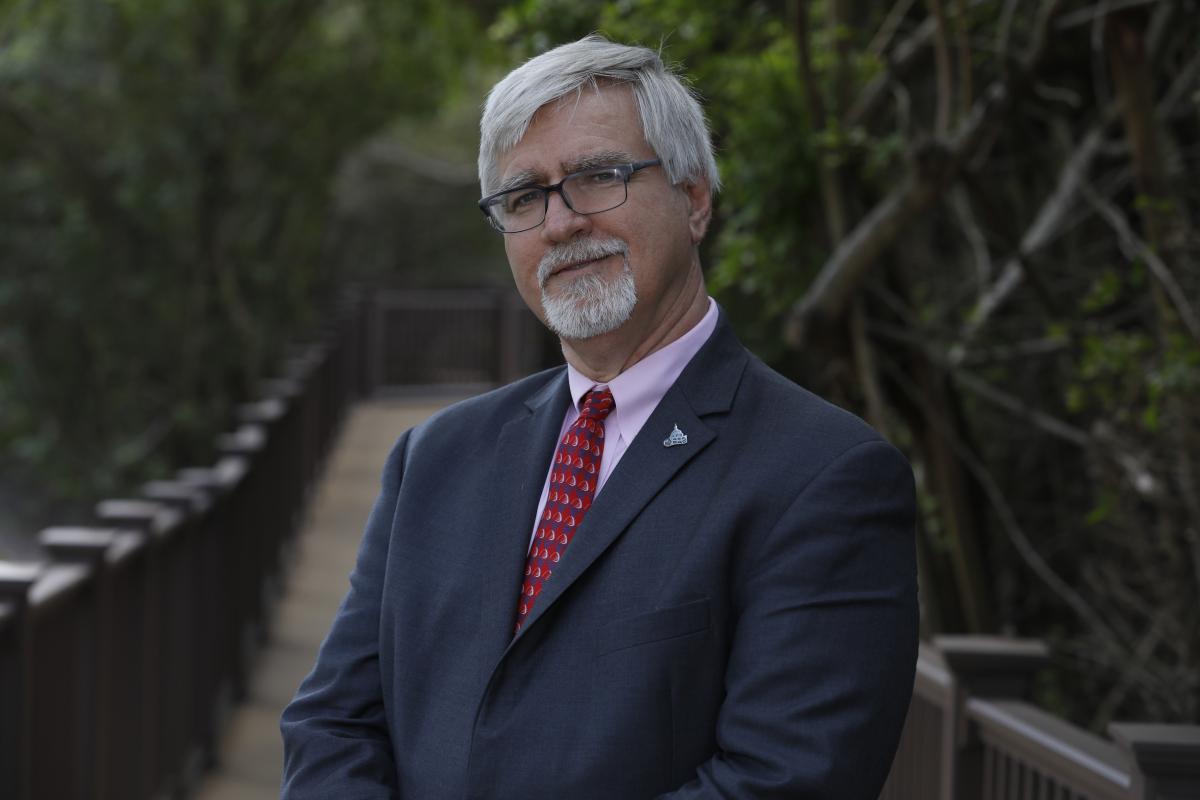 Some numbers were put in front of the Senate Finance Committee last week—numbers that even the chairman of that powerful body called “jaw-dropping.”
Some numbers were put in front of the Senate Finance Committee last week—numbers that even the chairman of that powerful body called “jaw-dropping.”
The numbers were 51 million and $6.2 trillion—the former the potential number of new retirement savers, the latter a separate projection of the potential new retirement savings (over a 10-year period) that could result if two pieces of existing retirement legislation were implemented, specifically the combination of some key provisions of the Automatic IRA Act and the Encouraging Americans to Save Act.
Those projections—presented in testimony by American Retirement Association CEO Brian Graff—were the work (and rework) of many late (and early) hours by a number of individuals over a period of months.
Key Assumptions
Now, predicting the behavior of human beings decades into the future may seem like the stuff of science fiction, but it can be parameterized. However, the key to a projection that aligns with reality likes in the assumptions. Here the key provisions (and assumptions applied) were that:
- All employers with 10 or more workers that don’t currently offer a plan do so.
- All those new plans offer automatic enrollment (no employer contribution for a new plan).
- Those new automatic enrollment plans start deferrals at 6%, and auto-escalate to 10%.
Oh—and with regard to those new participants, a 20% opt-out rate was assumed in the first year, similar (though actually somewhat less, because we assumed that the new Saver’s Match would dampen the rate of opt-outs) than that experienced by the state-run programs like OregonSaves. And yes, that’s higher (about double) the rate experienced by 401(k) plans in the private sector with automatic enrollment.
As for the Enhanced Saver’s Credit (let’s call it the Saver’s Match for clarity), we simply assumed that everyone eligible would get it (except, of course, for those that opted out), in the amount(s) provided in the (then proposed) legislation. We even factored in self-employed and “gig” workers, a still small, but growing element in the economy.
Why it Matters
We’ve long highlighted the issue with access to a retirement plan at work—“coverage”—alongside data that supports the fact that even modest income ($30,000/year to $50,000/year) workers are 12-15 times more likely to save for retirement via a workplace plan than on their own. While a growing number of states have embraced the notion of a “mandate” on the part of employers to provide payroll deduction to a state-run plan, extending that concept on a national level is a real game-changer in terms of providing that opportunity.
Doing so combined with automatic enrollment (also a provision of most of the current state-run plans) helps workers get off to a good start, and providing a Saver’s Match seems likely to encourage most to stay with it—and perhaps, particularly among smaller employers, without requiring the financial impact of an employer contribution.
Moreover, not only do the expanded levels of eligibility for the enhanced Saver’s Match mean that more individuals will be eligible, making it refundable means that more will be able to claim it—and, with so many more having access to retirement accounts, they will now have a retirement-oriented place in which to put it.
In our business, we often talk about the “magic” of compounding, and when retirement savers see how that early contribution can grow and build on itself, it does truly seem magical. In fact, no less a personage than Albert Einstein is reputed to have said that “Compound interest is the eighth wonder of the world.”[i]
Indeed, taken together, the compounding impact of these two sweeping proposals look to produce a retirement result worthy of that accolade—if they can make it into law.
[i] He went on to say: “He who understands it, earns it; he who doesn’t, pays it,” but that’s a story for another day.

